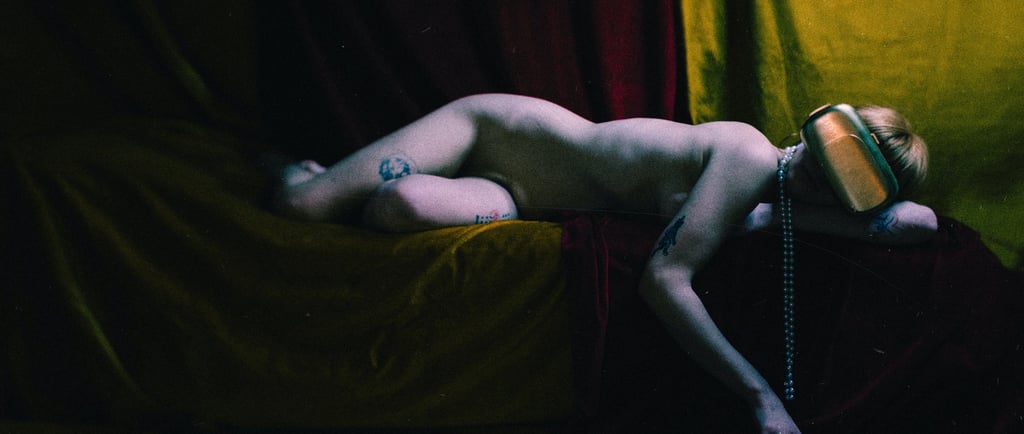Breaking Taboos: Why Nudity in Art Matters
Nudity in art has been a subject of fascination, controversy, and intrigue throughout the centuries. From the intricate sculptures of the Greeks to the provocative paintings of the Renaissance, the human form has been depicted in countless ways. In this article, we delve into the significance of nudity in art and explore why it continues to matter in the world of creativity, culture, and self-expression.
3 min read


A Historical Perspective
Art has always mirrored the cultural and societal norms of its time. In ancient civilizations, nudity was celebrated as a symbol of beauty, strength, and divinity. Greek and Roman sculptures, such as the renowned Venus de Milo, stand as testament to this adoration of the naked form. Artists of the past were unafraid to showcase the human body in its purest form, believing that it embodied the essence of humanity.
Challenging Social Norms
As we move through history, we encounter periods where the depiction of nudity in art was met with resistance. During the Victorian era, for instance, prudishness prevailed, and art that featured nudity was often met with outrage and censorship. However, some artists, like Gustave Courbet and Édouard Manet, challenged these social norms by creating works that portrayed the human form in a raw, unidealized manner. Their audacity paved the way for a more open dialogue about the role of nudity in art.
Nudity as a Form of Self-Expression
Nudity in art is not solely about aesthetics; it is a powerful means of self-expression. Artists often use the human body as a canvas to convey a wide range of emotions, stories, and messages. From Frida Kahlo's self-portraits that delved into personal pain to Yoko Ono's boundary-pushing performance art, nudity becomes a medium for artists to communicate their innermost thoughts and struggles.
Reimagining Beauty Standards
One of the most profound aspects of nudity in art is its ability to redefine beauty standards. It challenges the notion that beauty is limited to a particular body type or age. When artists depict a diverse range of bodies in their work, it sends a powerful message: beauty exists in the uniqueness of every individual. This reshaping of beauty ideals is essential for promoting body positivity and self-acceptance.
The Celebration of Vulnerability
Nudity in art often serves as a celebration of human vulnerability. It acknowledges that beneath our clothing and societal roles, we are all inherently exposed and fragile. This vulnerability can be a source of strength, reminding us of our shared humanity. Artists use this exposure to break down barriers, fostering empathy and connection among viewers.
Art as a Catalyst for Dialogue
Nudity in art sparks conversations. It challenges preconceived notions, provokes thought, and encourages dialogue about complex topics such as sexuality, identity, and morality. Through these discussions, society can evolve, and individuals can gain a deeper understanding of themselves and the world around them.
Nudity in a Digital Age
In the age of the internet, the intersection of nudity and art has become more accessible than ever. Artists can share their work with a global audience, and social media platforms have become a stage for provocative self-expression. While this newfound visibility has opened doors for artists, it has also raised questions about censorship, privacy, and consent.
Nudity in the Face of Censorship
Censorship remains a persistent challenge for artists who wish to explore nudity in their work. Social media platforms and art institutions often grapple with defining what is acceptable and what crosses the line. The tension between artistic freedom and societal sensibilities continues to shape the way we perceive and engage with nudity in art.
The Conclusion
In conclusion, nudity in art is far from a mere shock factor or an expression of gratuitousness. It serves as a profound means of cultural reflection, self-expression, and dialogue. From its origins in antiquity to its dynamic presence in the digital age, nudity in art matters because it challenges norms, encourages vulnerability, and redefines beauty standards. It is a testament to the ever-evolving nature of art and the enduring power of the human form to captivate and inspire us. Whether through classical sculptures or contemporary photography, the portrayal of the nude body in art is an essential and enduring aspect of human creativity.
Contact
Bodydigi@gmail.com
